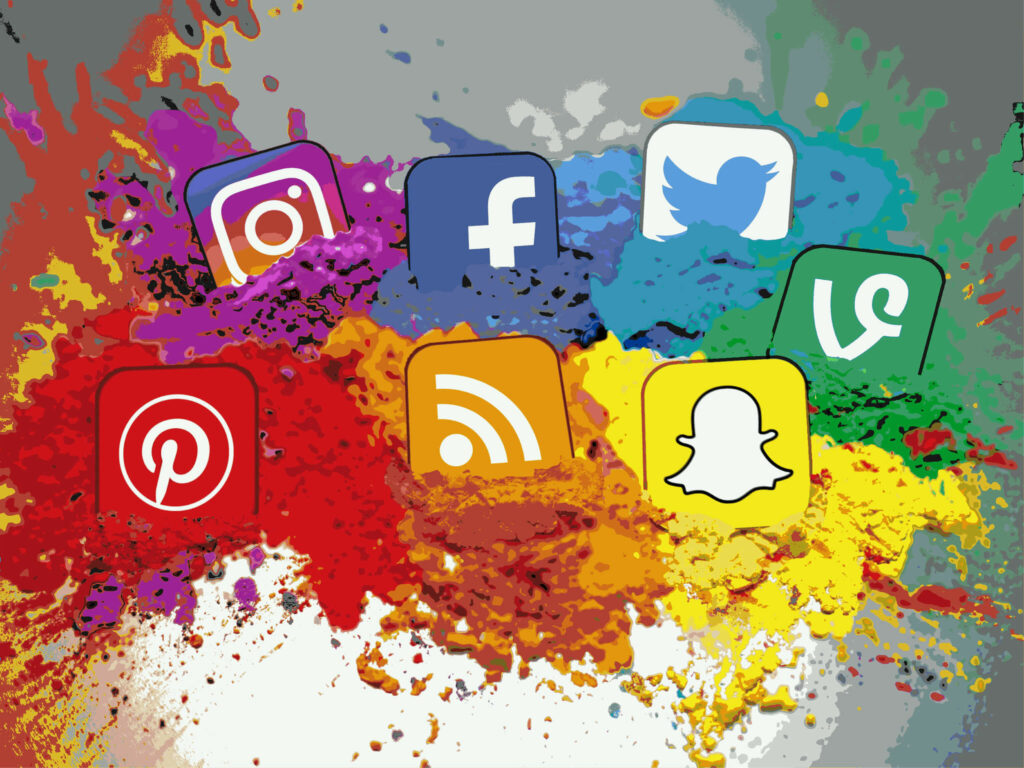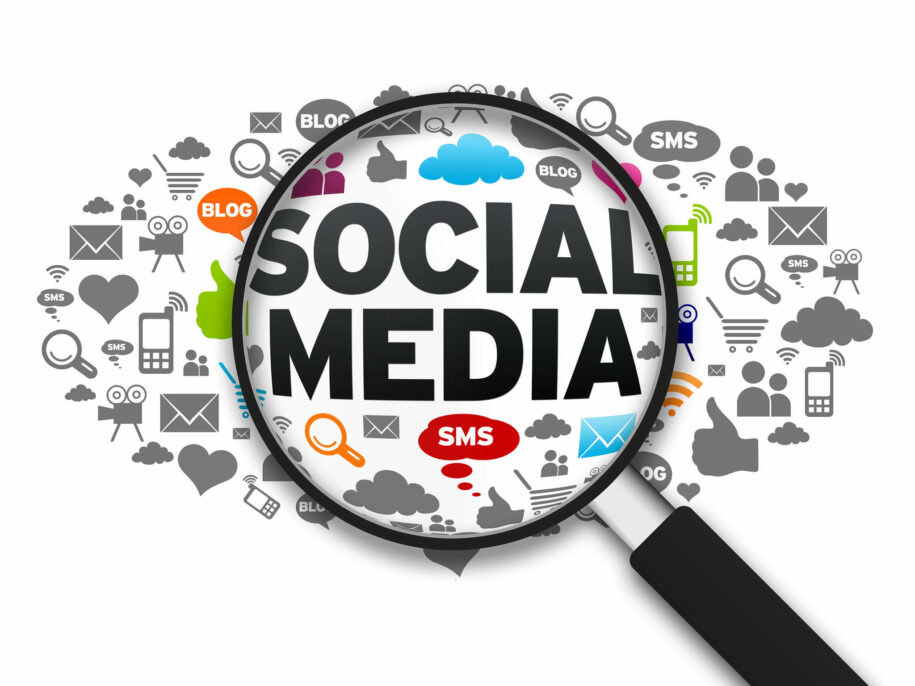Unlike the GenZs, many millennials know that platforms such as Myspace, Friendster, and Sixdegrees were the real deal back in the day.
That’s right! As digital natives, GenY grew up alongside the development of social media platforms and witnessed the rise and fall of early channels.
Today, we have state-of-the-art social networks such as Facebook, TikTok, Snapchat, and Instagram. That’s a few on the long list!
Some burning questions, however, include; how long has social media been around? Which social media is the oldest? And how many social media platforms are there?
Let’s take a trip down memory lane to when and where it all began.
This article will offer a brief history of social media and a sneak peek into the creation of the first social networks.
Let’s go!
Table of Contents
When Was Social Media Introduced?
There are various answers to the question; when was social media created? Even though the concept of social media has been around for several decades, the first recognizable social media site was SixDegrees, which was launched in 1997.
SixDegrees allowed users to upload a profile and connect with friends. However, SixDegrees was short-lived, and it shut down in December 2000.
The rise of social media as we know it today began with the launch of Friendster in 2002, followed by MySpace in 2003.
These early social media sites paved the way for popular social networks like Facebook, Twitter, Instagram, and Snapchat.
So, while social media has been around for quite some time, it wasn’t until the early 2000s that it became a widespread phenomenon.

A Brief History of Social Media
When did social media start in America? Here’s a brief timeline of some of the major milestones in the evolution of social media:
- 1971: The first email is sent, marking the beginning of digital communication.
- 1978: The first bulletin board system (BBS) is created, allowing users to interact with one another online.
- 1985: America Online (AOL) is founded, providing millions of people with their first online communication experience.
- 1994: GeoCities is launched, allowing users to create their own websites and connect with others who share their interests.
- 1997: SixDegrees, the first recognizable social media site, is created.
- 2002: Friendster is launched, and it quickly gains popularity.
- 2003: MySpace was created and quickly became one of the most popular social networks, with over 100 million users at its peak.
- 2004: Facebook is launched, initially as a social network for Harvard students. It quickly expanded to other universities and eventually became the largest social network in the world.
- 2006: Twitter is launched, allowing users to share short messages with one another.
- 2010: Instagram is launched, focusing on photo and video sharing.
- 2011: Snapchat is launched, introducing the concept of ephemeral messaging.
- 2016: TikTok is launched, quickly becoming one of the most popular social media apps among younger generations.
Modern Social Media Platforms and their unique features

Present-day social media platforms have evolved significantly since the early days of social networking.
Here are some of the most popular social media platforms today:
With over 2.8 billion monthly active users, Facebook is the largest social media platform in the world. It was founded in 2004 by Mark Zuckerberg.
Facebook offers various features such as messaging, sharing photos and videos, creating and joining groups, and following pages.
It has also been criticized for privacy concerns and the spread of misinformation. Despite these criticisms, the platform remains a popular tool for social networking and staying connected with friends and family.
Next on the list is another of Mark Zuckerberg’s platforms, Instagram. It was launched in 2010 and has since grown to become the home of every brand looking to strengthen their corporate strategy. Instagram has over 1 billion active users and is known for its visual content, including photos and short videos.
Instagram’s popularity is attributed to its user-friendly interface, regular updates, and features such as filters and hashtags.
Twitter is a platform that allows users to share short messages called tweets. Users can follow other users, retweet their tweets, and engage in conversations using hashtags. It boasts over 330 million monthly active users.
Twitter is a vital tool for news and media outlets, politicians, and public figures to communicate and engage with their audiences. Its real-time nature has made it a powerful tool for breaking news and instant reactions to events.
Additionally, Twitter has been used to organize and amplify social movements, such as the Black Lives Matter protests, by providing a platform for individuals to share information and mobilize their communities.
Its brevity and simplicity have also made it a go-to source of information for millions of people worldwide. Twitter has become a significant part of the modern social media landscape.
TikTok
TikTok is a social media platform that allows users to create short-form videos set to music or sound bites. It has exploded in popularity, with over 1 billion monthly active users. TikTok’s popularity has not come without controversy, however.
Recently, the platform has come under fire due to concerns about its data privacy and security practices. In 2020, the app was banned in India because it shared user data with the Chinese government.
Similarly, in the United States, the platform faced a potential ban over concerns about data breaches and national security risks.
Despite these concerns, TikTok has continued to grow in popularity and has become a dominant force in the social media landscape, particularly among younger generations. Its unique format and engaging content make it a go-to entertainment and creativity platform.
LinkedIn is a professional networking site that allows users to:
- Connect with colleagues and peers
- Search for jobs
- Share industry news and insights.
It has over 740 million members.
LinkedIn’s focus on professional networking has made it a valuable resource for jobseekers and recruiters alike.
It also offers a range of tools for companies to promote their brand, recruit new talent, and engage with their target audience.
Its user base continues growing, making it a powerful networking and career development tool.
Snapchat
Snapchat’s unique feature of disappearing content has made it popular among younger generations, with 71% of its users being under the age of 34.
The platform has also introduced various filters and lenses, which have become a hit among its users. These filters and lenses use augmented reality technology to allow users to add animations and effects to their photos and videos.
The app has also become a platform for influencers and businesses to reach a younger audience.
Its advertising features, including sponsored lenses and filters, have become a lucrative source of revenue for the platform.
Snapchat’s innovative features and youthful user base have made it a significant player in the social media landscape.
Summary
As you can see, social media has come a long way since its inception.
We used to have basic online forums and chat rooms with plenty of limitations.
However, the emergence of sites like Facebook, Twitter, and Snapchat has significantly changed our lives.
Although, they come with benefits, including connecting people and providing an environment for sharing information and ideas.
Social networking has its downsides. These include the spread of misinformation and the potential for addiction and adverse mental health effects.
How long will social media last? It’s safe to say there are no signs of slowing down anytime soon.
But as these platforms evolve, we must be mindful of their impact and use them responsibly.
- Mastering Social Media: Tips and Strategies for Effective Marketing - October 3, 2023
- Harnessing the Power of Social Media for Elevating Customer Service - October 3, 2023
- Social Media Marketing Insights and Strategies for Success - October 3, 2023

